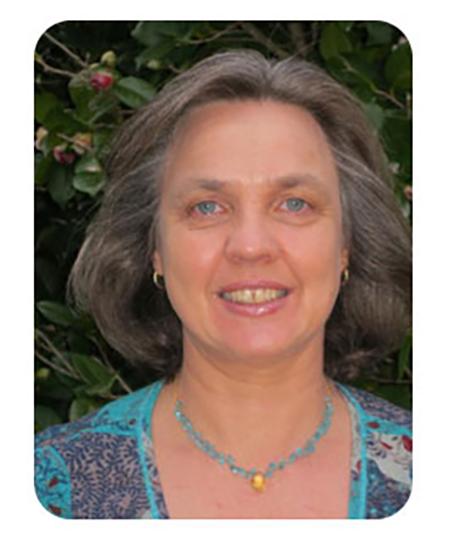Traditional Thai Therapeutic Massage(TTM)
About
- In 2019, UNESCO inscribed Nuad Thai, Traditional Thai Massage, on the Representative List of the Intangible Cultural Heritage of Humanity
- The style of Thai massage I practice is the Southern Style, which is taught at Wat Pho, (Temple of the Reclining Buddha), the National centre for teaching and preserving Traditional Thai Medicine in Bangkok.
- Thai massage has its roots primarily in Ayurvedic massage and possibly Chinese Tui Na massage.
- Dr Jivaka Kumar Bhaccha, credited as the founder of Traditional Thai Medicine including massage, lived at the time of the Buddha some 2500 years ago, and is still remembered in Thailand today.
- TTM is considered a spiritual practice, a physical application of ‘metta' loving kindness and connected to teachings of the Buddha.
- The Indian yogic influence is demonstrated with many passive stretching poses performed throughout the routine.
- TTM is based on the theory of the ten energy channels 'sen’ a yoga philosophy term that can be traced to the sanskrit name for prana ‘nadis’.
- The treatment of the ‘10 sen’ however, is considered to closely resemble Chinese Tui Na.
- Thai massage differs from the Swedish or Western therapeutic massage of working with muscles and soft tissue, as muscle relaxation is a secondary goal to manipulating energy points and energy flow, with the aim to enhance physical, mental, and emotional processes.
Benefits
- Release blockages caused by stagnation.
- Improve blood, lymphatic, and energy flow.
- Restore balance between groups of muscles.
- Ease pain.
- Breakdown fibrotic tissue.
- Increase flexibility,
- Improve posture.
- Help stimulate organ functions.
- Preserve youthfulness.
- Easy way of obtaining benefits of yoga and more
Conditions treated:
- Tight muscles and stiff joints
- Anxiety / stress
- Disrupted sleep
- Headaches
- Enhancing sports performance
- Feeling sluggish
- Repetitive strain injury
Treatment procedure
Traditionally, Thai massage takes place with the recipient lying on a soft futon mat on the floor, wearing loose clothing, and is oil free.
Beginning with the client lying supine and starting at the feet, all sides of the body are sequentially worked through eventually ending once again in supine position and finishing with the feet.
The various sequences can also be utilised separately when focussing on specific issues.
Palms, fingers, feet, elbows, forearms, and static stretching combined with leverage are the tools used by the therapist to systematically work through the ‘sen’ of body.
Overall, Traditional Thai massage is performed in a rhythmical and controlled fashion creating a sense of continuous flow from one sequence to the next.
Chinese Therapeutic Meridian Massage (CTMM)
The main aim is to restore and maintain balance of yin (qi) and yang (physical body), thus creating harmony in the body.
There are many similarities between Chinese and Western massage techniques but also some differences, such as, CTMM works from central part of the body outward.
Benefits
- Remove energetic blocks causing stagnation.
- Enhancing flow of blood and lymph in microcirculatory system.
- Connects all parts of the body, internal and external.
- Restores body to normal functioning.
- Releases muscle cramp or spasm.
- Tonifies and refreshes muscle and other soft tissue
- Mobilises joints for greater range of motion.
Conditions treated:
Treatment procedure
Most often client is lying on a massage table draped in towels, however clothed and/or seated is also an option.
A little massage oil is used but treatment can also be applied dry over clothing.
Basic techniques used are mainly:
- ‘An Mo’ - pressure and palpating, and
- ‘Tui Na’ - pushing and holding.
The pressure used ranges from stronger deep tissue to more gentle energetic levels.
Fingers and palms, knuckles, and forearms are the tools used with rhythmical pressure applied using whole body.
I also often include suction cupping and gua sha with client’s consent.
Other techniques included in Chinese therapeutic meridian massage may be:
